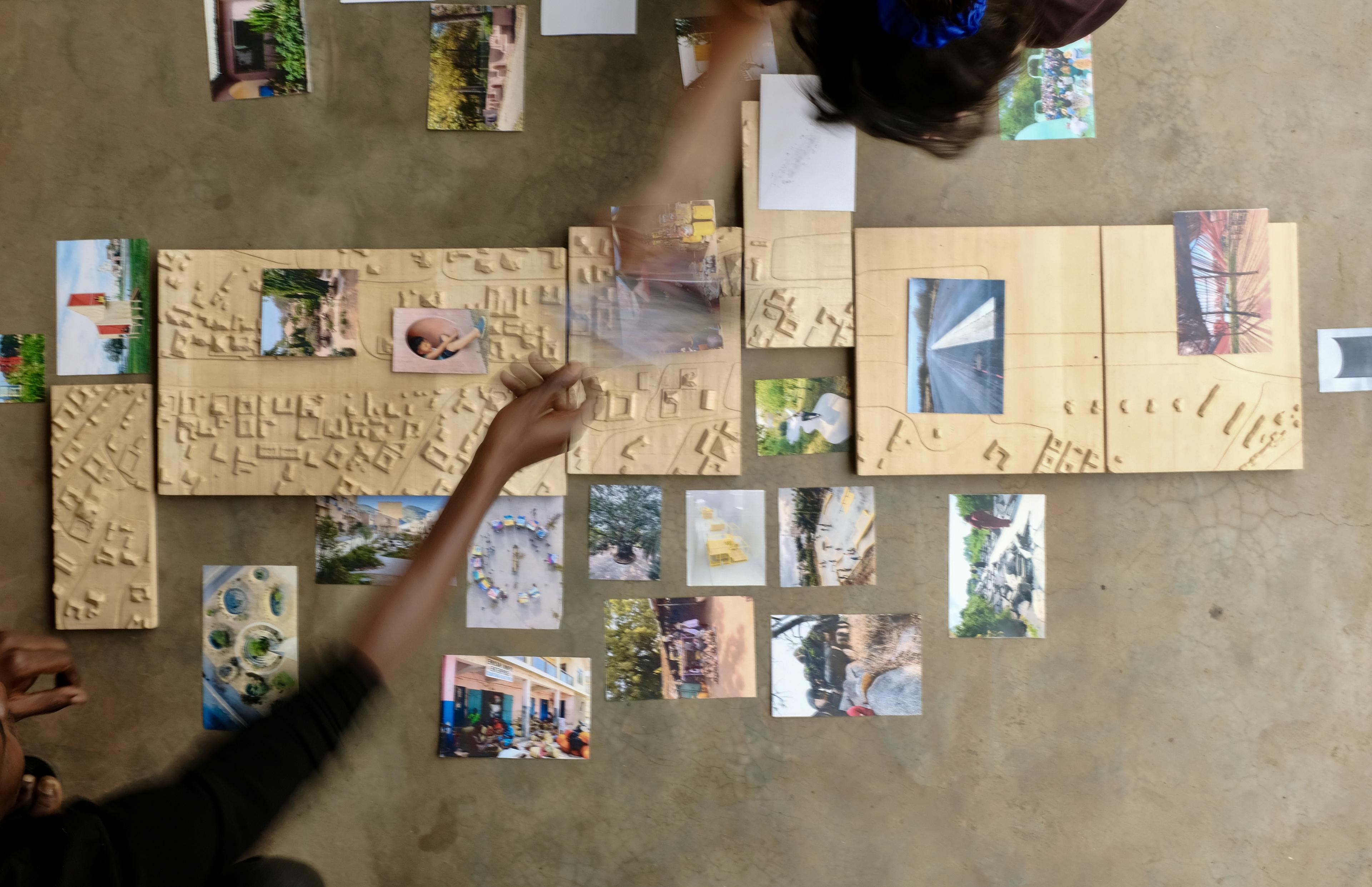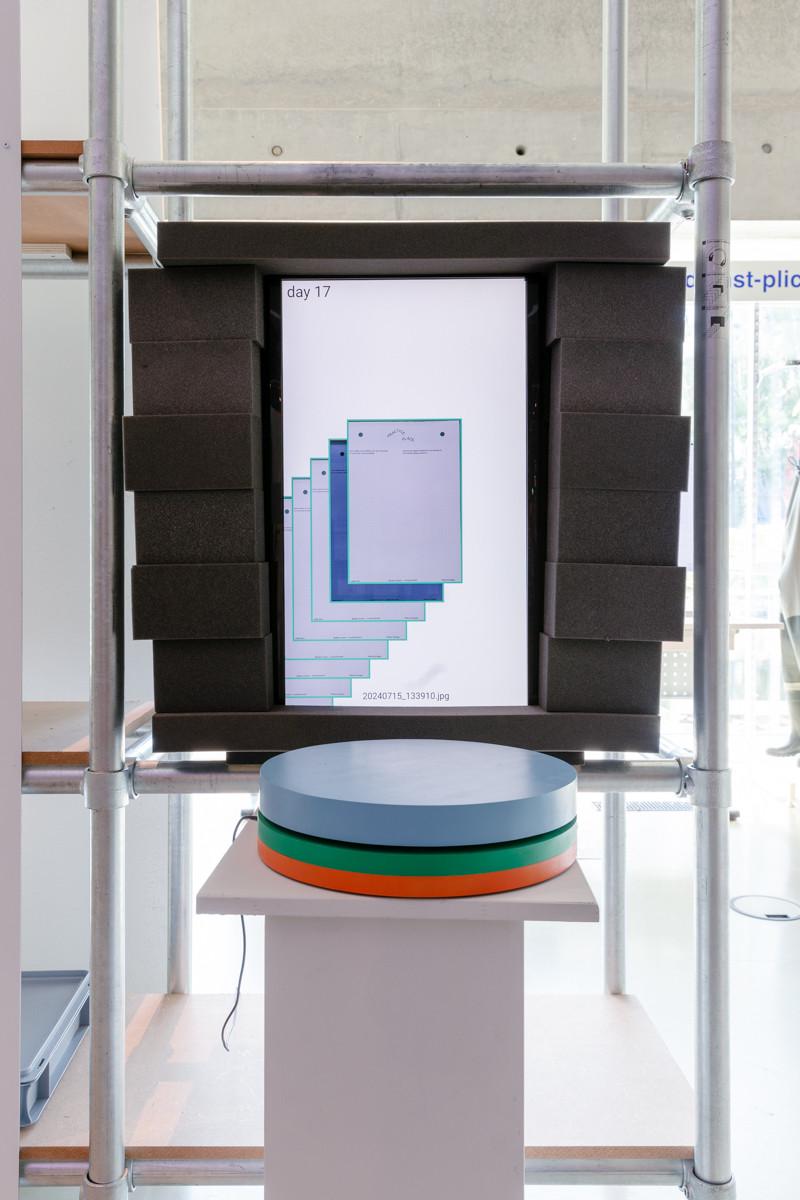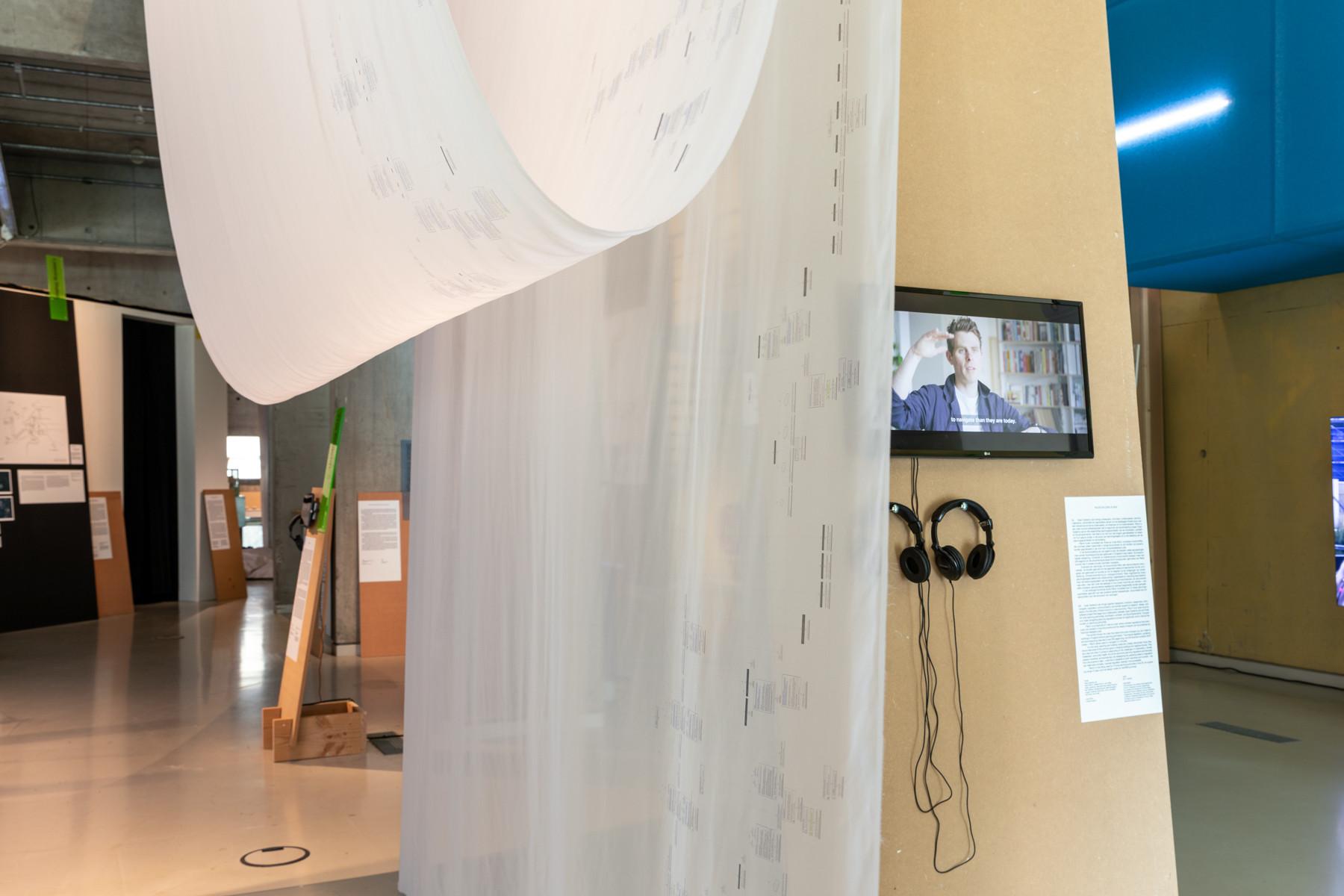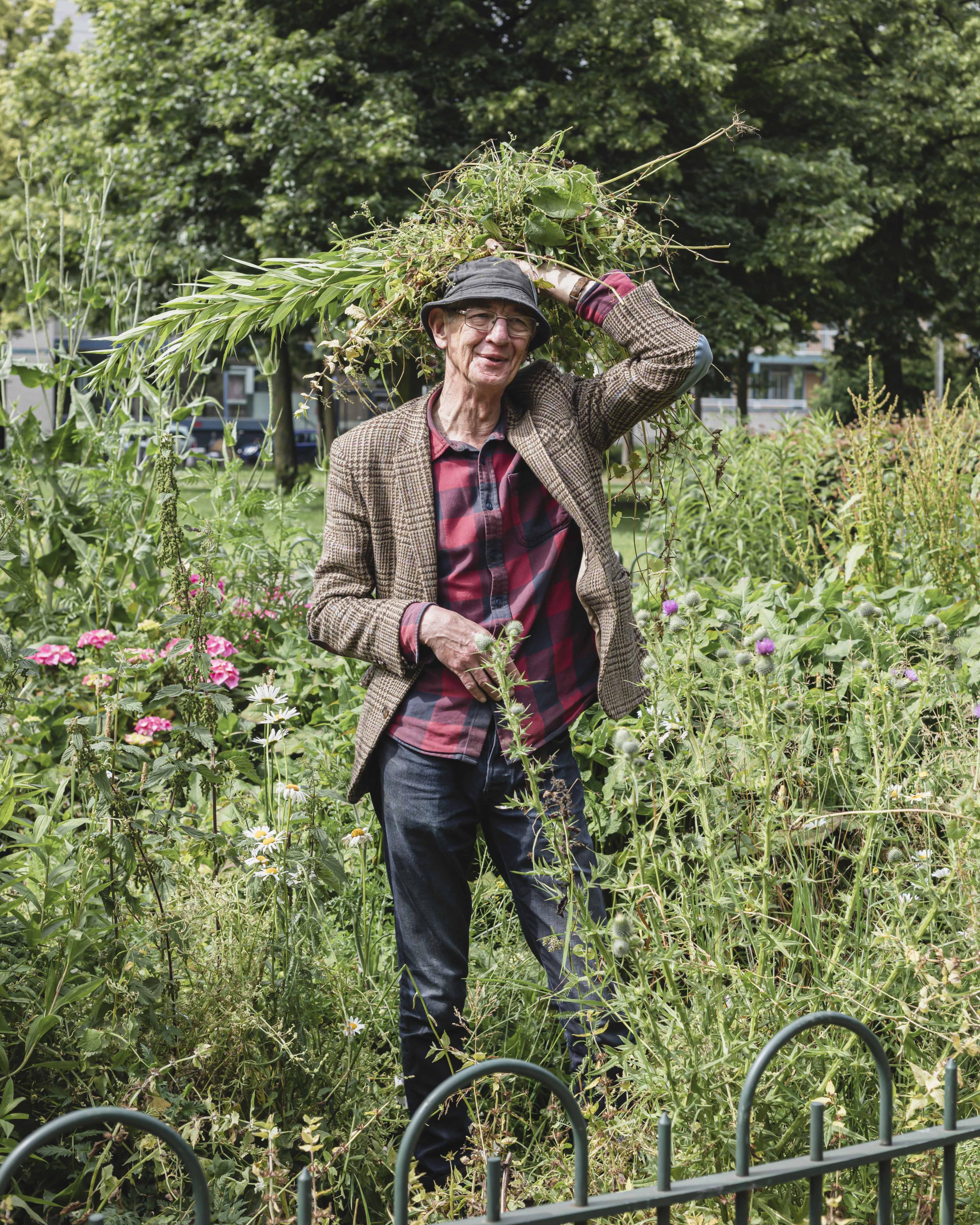With over 70 architects, researchers, designers, and writers, Nature of Hope offers a wealth of perspectives and ideas on how architecture and spatial design can contribute to regenerating nature and biodiversity and restoring ecological balance. But what exactly is needed for a more hopeful, regenerative design practice? How are ambitious visions sown and harvested in the real world?
During the symposium on Sunday, September 30th, we will dive deeper into these questions. One of the speakers is Baerbel Mueller, an architect and researcher based in Austria and Ghana. Mueller is Dean and Associate Professor at the Institute of Architecture (IoA) at the University of Applied Arts Vienna and founder and head of [Applied] Foreign Affairs ([A]FA), a lab that investigates spatial, environmental, and cultural phenomena in rural and urban Sub-Saharan Africa. Here we share some words on her work, vision and relation to the theme of the Biennial.
Soft Unsealing
During the symposium, Mueller will discuss [A]FA’s project "Tamale Old Airfield" in Ghana, which is also one of the showcases in the IABR exhibition, a nine-channel video installation titled Soft Unsealing. The installation shows how an abandoned Ghanaian airfield from the 1920s is transformed into a vibrant recreational space in the heart of Tamale—a beautiful case study on how architecture can be regenerative from an environmental-based approach. The project began in 2023 in collaboration with traditional chiefs and local municipal authorities. Mueller's team is responsible for the urban planning, landscape architecture, and design to transform the vast, sealed site—the old runway—into a unique public space for both the neighborhood and the entire city of Tamale.
The goal of this project is to bring nature back to the city, revive the history, and fulfill the community's wishes. This location, which initially had little function, is given a new purpose and stimulates further developments in the region. Remarkably, thanks to Mueller, innovative and interdisciplinary architectural methods are used for this project. It began with applied research and experimental interventions by the [A]FA lab team, in dialogue with the community. Mueller explains: “The core of the project is unlearning and experimenting with the ways we as architects are used to building. This is crucial to develop innovative spaces that promote socio-ecological transformation, improve local climate conditions, and create meaningful environments.” The research led to site-specific environmental interventions, such as relocating trees for natural shade and implementing rainwater harvesting systems to address overheating, water scarcity, and poor urban infrastructure. This approach not only revitalizes the airfield but also provides inspiration for future urban development projects.
The project underscores Mueller's vision of architecture, which she celebrates as a professor and architect and will share during the symposium. She emphasizes that architecture should no longer be about designing buildings but about creating environments. "Architecture is about building relationships, not just structures. It should be seen as a verb, focused on the process—which is at its best never-ending—rather than an end result. Often, architects believe they understand a context as soon as they begin designing, but the first step should be to engage from what is there and work from within."
In the [A]FA lab, Mueller celebrates the method of "Applied Research," where the process of connecting, 1:1 testing, and creating the place leads to the outcome. Each project involves different disciplines, revolves around a clear research interest or commission, and culminates in collaboration with local stakeholders. “In Tamale, we did a lot of talking and building relationships within the environment. When you really know the characteristics of a place, you design differently. Obviously, people in the neighborhood have the most knowledge about their environment—from practical matters like infrastructure and climate conditions to dreams and memories. That’s why the community is involved in the process. Both the community and the local government in Tamale envisioned the transformation of the airfield into a usable space for the local population. We are tasked with realizing this and work with students, local experts, designers from Accra, and students from the university in Tamale.”
For Mueller, there is no distinction between her perspective as a human and as an architect; both speak the same language of hope and regeneration. However, she emphasizes the need for a balance between community involvement and the discipline of architecture. “Creativity is essential for progress. Architects and artists are in a position to create new visions for the future. We don’t believe in participation where people design the place themselves because ultimately, we as architects bring the professional expertise to design and implement spaces. But we have had intense involvement from local stakeholders and artists throughout the process,” Mueller explains.
This is how Mueller still sees the architect as an expert, contrary to popular opinions in the discourse - with [A]FA lab, she aims to shift methods of spatial creation. “An environment encompasses more than just buildings; it’s about everything that lives in it. For a sustainable future, architects should think more broadly and creatively, considering all scales and also ecological and non-human perspectives. How would you read the space as an insect or a tree? Every tiny animal matters to the whole, requiring a holistic understanding of space and cohabitation. Architecture can be regenerative if architects can adopt different perspectives during the design process. Designing then becomes more about caring than controlling.”
IABR Symposium on June 30
Mueller is particularly looking forward to seeing how the exhibition is integrated into the city. “Big ideas need to find their way into practice, where they manifest differently locally. It’s great to have a place where we can see how this is happening worldwide. I look forward to all the other projects, besides our own, that try to make the world more inclusive and serve as role models in various contexts.”
Want to hear more about "Tamale Old Airfield”, [A]FA lab, and Mueller's vision and work? IABR and Het Nieuwe Instituut warmly invite you to the symposium on July 30th of the 11th edition of the International Architecture Biennale Rotterdam, Nature of Hope, at Het Nieuwe Instituut in Rotterdam.




